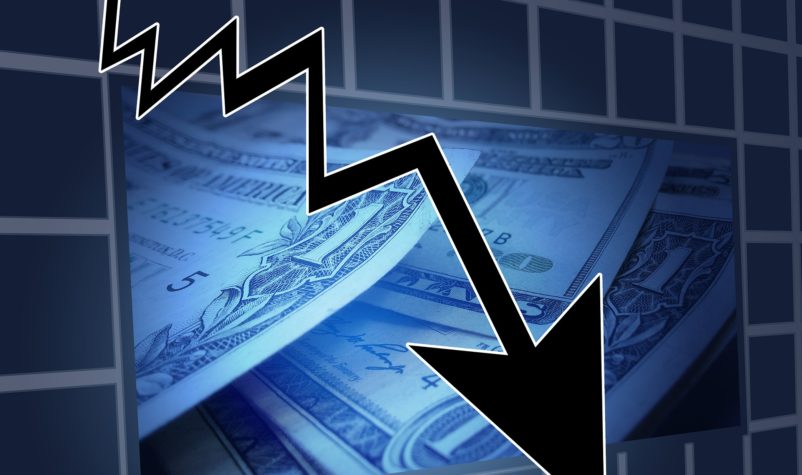The Gold IRA Company
Matches Exceptional Investors with
Exceptional Investments

Blog

Fortune Magazine: There Have Been Two Times in History Stocks Have Been This Expensive: 1929 and 2000
Article by Shawn Tully in Fortune
The S&P 500 hit a new all-time high on July 26, lifting gains for the year to 20.7%, the best performance for the first seven months in 22 years, and within a whisker of beating that 1997 record of 21.5%. That breakout is wonderful for folks who showed the grit to stay invested during the big downdraft late last year. But the explosion in prices has made a longstanding problem worse: High prices today mean puny gains tomorrow.
From these levels, what returns can investors reasonably expect?
The price-to-earnings ratio for the S&P 500, based on the last four quarters of net earnings, now sits at 22.5, up from 18.9 at the close of the fourth quarter. That multiple stands well above the average of 19 for the last two decades, not to mention the reading of around 16 over the past century. Multiple expansion as a source of gains seems tapped out. The market’s P/E has been stuck in the low-20s, except for the brief drop in late 2018, for the past four years.
What’s driven prices skyward is a historic explosion in earnings. S&P 500 earnings-per-share have jumped 47% from mid-2015 to Q2 of this year, to a record of $134.39 in Q1. Don’t count on earnings growth to provide much more fuel. Profits appear in a near-bubble. They account for 9.5% of national income, versus the long-term average of 7.5%, and operating margins are running 9.41%, one-quarter higher than when the economy regained its mojo in mid-2016.
Yale economist Robert Shiller favors a more realistic P/E called the cyclically adjusted price to earnings ratio, or CAPE, which uses a 10 year average of inflation-adjusted profits as the denominator in his P/E. That methodology smooths the peaks and valleys in profits that can make stocks look artificially cheap or pricey. Shiller’s adjusted P/E right now? 31. It’s only been that lofty twice, just before the 1929 market crash, and in the run-up to the dot.com bubble in 2000. The Shiller P/E’s message: High multiples on top of inflated profits equals low future returns.
To read this article in Fortune in its entirety, click here.
_________________________________________________________________
HAVE QUESTIONS?
Speak to a Gold & Silver Specialist
Call Now: 855-554-4853